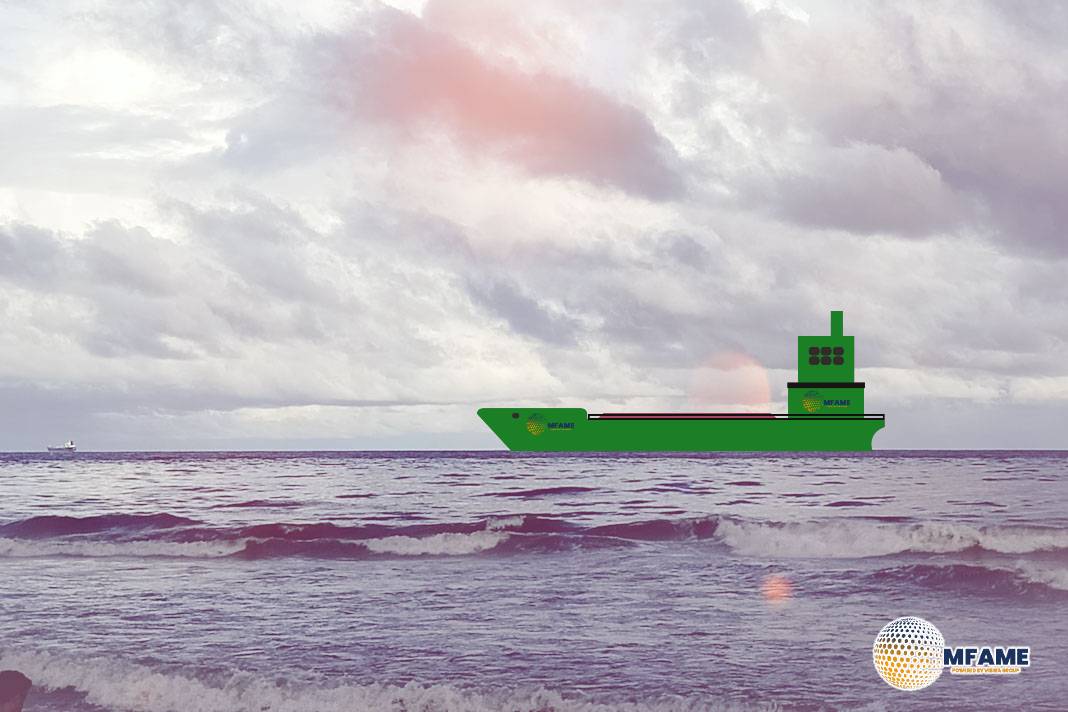According to the IEA Global Energy Review, global oil demand growth has significantly decelerated in 2024, experiencing only a 0.8% year-on-year increase. This is less than half of the growth observed in 2023., reports Gibsons.
Crude Oil
East (Arabian Gulf/AG):
- VLCCs: A disappointing week with rates softening due to low activity and increased vessel availability. The market is expected to remain soft, but potentially bottoming out. Current rates: AG/China WS57, AG/USG WS31.
- Suezmaxes: Basrah/West rates remain stable around 140 x WS57.5. Eastbound rates are under pressure but holding steady. Current rates: 130 x WS112.5.
- Aframaxes: A quiet week, with rates steady around 80 x WS150. Rates are more likely to decline slightly than increase next week.
West Africa (WAF):
- VLCCs: Freight rates are under pressure due to limited activity, especially to the Far East. Tonnage is balanced, and the impact of the East’s downturn is uncertain. Current rates: WAF/East around WS60.
- Suezmaxes: The market is steady with a slightly firmer feel. Rates are expected to remain around WS102.5, possibly slightly lower for early dates.
Mediterranean:
- Suezmaxes: TD6 rates remain steady around WS130. Charterers have managed to lower rates on longer voyages by removing options. Libya/East rates are around $6 million.
- Aframaxes: A surge in cargo availability led to a rapid increase in rates, reaching a peak of WS240 for short voyages. Weather and port delays, combined with vessels leaving for the USG, are expected to keep rates firm in the medium term.
US Gulf/Latin America:
- VLCCs: Owners are seeing a stronger market due to limited tonnage and increased charterer demand. This uptrend is expected to continue into next week. Brazil’s exports were busy, but rates were affected by the WAF and East downturn. Current rates: USG/China $8.5 million, Brazil/China WS57.5.
- Aframaxes: Rates increased significantly, following the strong Mediterranean market. Limited blasters and tight tonnage are expected to keep rates firm.
North Sea:
- The market saw some activity, driven by neighboring markets. Rates increased to the WS120s. Tonnage is tighter, with vessels moving to the Mediterranean and USG. Some further rate increases are possible, but significant gains are unlikely.
Clean Product
East (Arabian Gulf/AG):
- LRs (Long Range):
- The week was characterized by a slow start, a busy middle, and a quiet end.
- TC1 rates declined to 75 x WS150, but then rebounded to WS155.
- Westbound rates saw similar fluctuations, with expectations of rates starting with a $4 million figure.
- LR1s saw more activity on short-haul routes.
- Both LR1 and LR2 lists are tight, with limited cargo availability.
- TCT rates need retesting, but are assessed at 55 x WS160, and UKC rates are around $3.1 million.
- Owners are optimistic about potential rate increases.
- MRs (Medium Range):
- The AG MR market saw a decrease in cargo inquiries, and end-of-March dates have been covered.
- TC17 rates dropped by 25 points mid-week, now around the 240 level, and expected to decline further.
- East and Westbound voyages saw some prompt vessels fixed, but overall cargo availability is limited.
UK Continent:
- MRs:
- The week was volatile, with negativity spreading mid-week, but then reversed by a surge in prompt cargo.
- Owners are aiming for last-done rates or higher, potentially leading to a standoff.
- Last-done rates: Brofjorden/TA 37 x WS195, ARA/TA 37 x WS190, WAF 37 x WS210.
- Tonnage displacement towards the USG and WAF has created a sensitive market.
- Increased laden tonnage from the active USG market is expected.
- Handies:
- Limited cargo inquiries persist.
- A fresh test is needed for XUKC routes.
- Strong Mediterranean rates are expected to attract owners to that region.
- MR rates are capping Handy rates, with most cargoes quoted at 30-37.
- There is a disparity between UKC and Med rates.
Mediterranean:
- Handies:
- The market initially saw fluctuating rates, but has stabilized.
- XMed rates started at 30 x WS275, but then declined to 30 x WS240-250 due to increasing tonnage availability.
- Black Sea (BSea) rates need retesting.
- Charterers are expected to exert downward pressure on rates.
- Poor weather in the Mediterranean next week could impact itineraries.
- MRs:
- The market was active, driven by naphtha cargoes and tight front-end tonnage.
- Rates have aligned with TC2 levels.
- Med/TA rates are at 37 x WS190, with WAF rates expected to be 20 points higher.
- Limited cargo availability is expected to lead to a steady finish.
Dirty Product
Handy:
- UK Continent (UKC):
- The UKC market has seen firming rates for owners due to consistent inquiry flow.
- The North Sea rally continues, with rates trending upwards.
- The Suezmax UKC/East Arb route being unfavorable for fuel oil (FO) may increase cargo availability.
- Rates increased from 30 x WS205 to 30 x WS225-227.5.
- The list is expected to remain tight, and rates are likely to continue rising.
- Mediterranean (Med):
- The Med market experienced a more gradual rate increase.
- Rates rose from 30 x WS220 to 30 x WS225.
- A forward-dated cargo settled at 30 x WS230.
- While replenishment is expected to increase vessel availability, strong inquiry could lead to further rate increases.
MR:
- North:
- Owners in the North experienced stronger market conditions.
- The vessel list has remained tight, leading to quick fixtures.
- Rates increased from 45 x WS145 to 45 x WS155.
- Continued strong inquiry is expected to drive further rate increases.
- Mediterranean (Med):
- The Med market saw a new benchmark rate of 45 x WS152.5 for XMed routes.
- Handy stems and part cargoes have kept vessel availability tight.
- Rates are expected to firm further next week.
Panamax:
- Atlantic:
- The Atlantic market remained slow for Panamax owners.
- Charterers have ample vessel availability, but inquiry is low.
- Owners may begin ballasting towards the Transatlantic (TA) route.
- Expected rates for the next fixture are between 55 x WS100-105.
- US Gulf (USG):
- Rates remain steady at 50 x WS150.
- Positive sentiment from the Aframax market has not yet affected the Panamax sector.
Did you subscribe to our daily Newsletter?
It’s Free Click here to Subscribe!
Source: Gibsons















